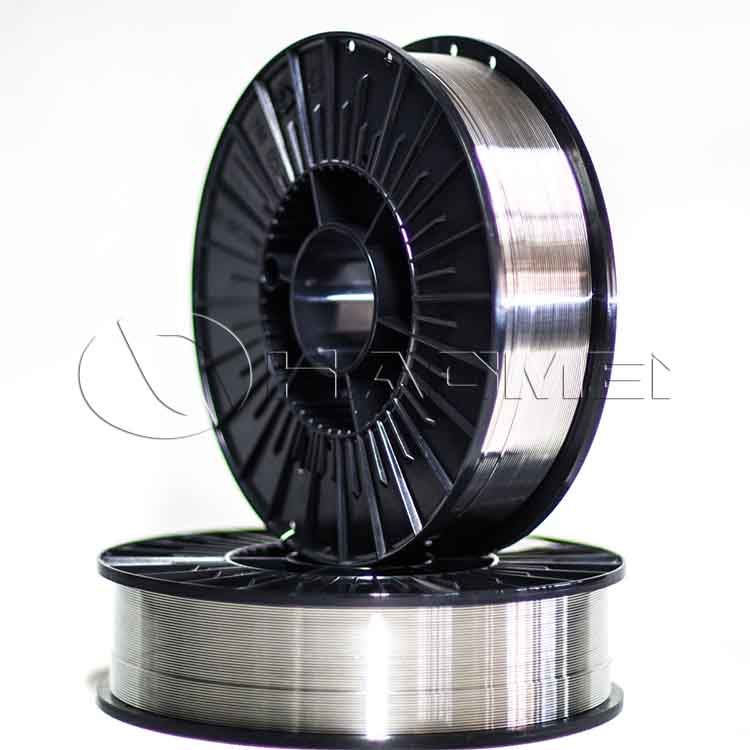What Are Aluminum Tig Welding Rods
In aluminum alloy tig welding, the choice of aluminum welding wire directly determines the strength, corrosion resistance, and appearance of the welded joint. Aluminum tig welding rods of different compositions and types are suited to varying aluminum alloys and application scenarios. Choosing the wrong wire not only leads to welding defects but can also impact the lifespan of the entire workpiece.

1. Pure Aluminum Welding Wire
The core component of pure aluminum welding wire is aluminum with a purity of at least 99.5%. The most common type is ER1100, which is also one of the most widely used pure aluminum welding wires for aluminum alloy argon arc welding. Its greatest features are its high purity and excellent corrosion resistance, especially in environments such as air and fresh water. It also exhibits excellent flowability during welding, resulting in beautiful welds and minimal spatter, making it ideal for beginners.
In terms of application, the ER1100 is primarily used for welding pure aluminum with a purity exceeding 99.0% (such as the 1050, 1060, and 1070 series) and some low-alloyed aluminum alloys (such as the 3003 series).
Typical applications include aluminum containers, radiators, aluminum foil products, decorative aluminum structures, and other workpieces that don't require high strength but do require corrosion resistance and good appearance.
2. Aluminum-Magnesium Welding Wire
Aluminum-magnesium welding wire is based on aluminum with magnesium added (typically at a concentration of 3%-5%). Common grades include ER5356 and ER5183. Both are highly corrosion-resistant and high-strength aluminum welding wires, and are the workhorses in aluminum alloy TIG welding.
5356 welding wire has a magnesium content of approximately 5% and a tensile strength exceeding 290 MPa. It not only surpasses pure aluminum welding wire in corrosion resistance (especially seawater resistance), but also offers excellent weldability. It is compatible with a wide range of aluminum alloys, including 5-series (such as 5052, 5083, and 5454) and 6-series (such as 6061 and 6063) aluminum alloys. These are commonly used in shipbuilding components, automotive body frames, aerospace structures, and outdoor curtain wall supports.
ER5183 welding wire has a slightly higher magnesium content (approximately 5.8%), resulting in higher tensile strength (reaching over 310 MPa). Its corrosion resistance is comparable to ER5356, but its crack sensitivity is slightly lower during welding. This makes it more suitable for welding thicker (over 10 mm) or rigid 5-series aluminum alloy workpieces, such as large storage tanks and aluminum bridge structures.
3. Aluminum-Silicon Welding Wire
The primary alloying element of aluminum-silicon welding wire is silicon (approximately 4.5%-13%). Common grades are ER4043 and ER4047. Their core advantages are excellent crack resistance and good fluidity, making them ideal for welding crack-prone die-cast aluminum alloys and dissimilar aluminum alloys.
Original Source:https://www.marinealu.com/a/what-are-aluminum-tig-welding-rods.html
Tags: aluminum welding wire ,